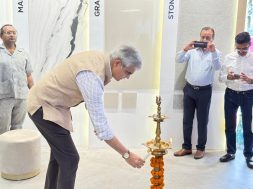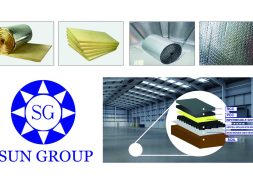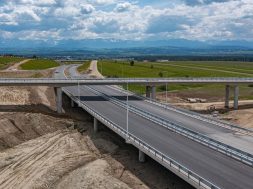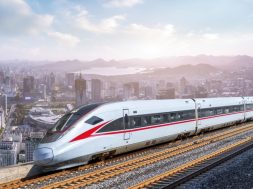Mixed Reality technology set to transform construction industry

Harsh Pareek Regional Sales Director, India and SAARC, Trimble Solutions discusses how mixed reality enhances project efficiency and collaboration while bridging the gap between design and execution.
The global construction sector is anticipated to reach $15.5 trillion by 2030, but one key challenge remains: making complicated plans a reality. To aid with this, new technologies like as mixed reality (MR) are increasingly being deployed. MR combines digital content with the real environment, allowing construction personnel to examine and work with plans while on the job site. Unlike virtual reality, which immerses you totally in a digital domain, MR integrates both the digital and physical worlds. This makes it easier to integrate design concepts with on-site building activities.
By projecting 3D models into the physical environment, MR enables real-time visualisation of designs, ensuring that construction adheres to the planned blueprint. The ability to overlay digital models on physical locations can significantly narrow the gap between what is designed in the office and what is built on-site.
One of the primary advantages of MR in construction is its capacity to promote collaboration amongst project teams. Traditionally, intricate 2D drawings have been used to illustrate design intent. However, these can be difficult to understand, resulting in errors and miscommunication. MR allows all stakeholders, from architects to on-site workers, to share and visualise 3D models, ensuring a comprehensive knowledge of the design at all stages.
This shared visual environment increases communication and lowers the possibility of error. For example, MR enables construction teams to anticipate probable collisions or complications, avoiding the need for costly redo. The ability to make real-time adjustments based on precise visual data greatly improves project efficiency and accuracy.
Mixed reality is useful in addition to during the construction phase, and improves the design process. The journey from a 3D model to construction sometimes entails translating digital designs into 2D blueprints, which can be time-consuming and error-prone. MR technology allows teams to remain in the 3D environment, allowing for rapid iterations and revisions without having to transfer designs to 2D drawings.
This capacity is especially useful in complex projects where design changes are frequent. By remaining in 3D space, teams can rapidly understand how changes will affect the project and make educated decisions on the fly.
Several real-world instances demonstrate the transforming power of mixed reality in building. In infrastructure projects, MR technologies are used to visualise underground utilities prior to excavation, lowering the risk of injuring essential infrastructure during development. This preventive strategy saves time and improves on-site safety.
In addition, MR has been used in structural tasks, such as rebar placement in concrete constructions. Holographic guides allow workers to assure accurate placement, reducing errors and the need for rework. This accuracy is critical in large-scale projects, because even tiny errors can cause considerable delays and cost overruns.
The benefits of MR go beyond the technical aspects of building. Stakeholder confidence is increased by MR’s improvement of visualisation and collaboration. Clients and investors can have a better understanding of the project’s progress and see how their investments are being realised, which is often difficult with standard 2D drawings.
Mixed reality is more than just a visualisation tool; it is a game-changing technology that bridges the gap between design and execution in building. MR improves cooperation, reduces errors, and streamlines the design process, allowing projects to be completed more efficiently and accurately. As technology advances, use in the construction sector is anticipated to increase, ushering in a new era of digital construction.
As mixed reality technology advances, its impact on the construction industry is projected to increase. Future advances may include more user-friendly and cost-effective MR devices, making the technology available to a broader spectrum of building professionals. Trimble is already leading the way by integrating MR with other technologies such as artificial intelligence and the Internet of Things (IoT), hence improving MR’s potential in construction. Trimble, for example, offers MR systems that enable real-time data integration and exact visualisation, hence enhancing project accuracy and efficiency.
Adopting mixed reality technology is a strategic decision for construction organisations trying to remain competitive. It promises not just to improve project outcomes, but also to transform how construction projects are handled and done. Companies that use MR tools, such as Trimble’s, may better connect design and execution, eliminating errors and ensuring that projects are completed on time and within budget. As this technology gets more widely adopted, it will usher in a new era of digital construction in which innovation and precision drive success.
Article authored by: Harsh Pareek Regional Sales Director, India and SAARC, Trimble Solutions
For more details, visit: https://www.trimble.com/en
Cookie Consent
We use cookies to personalize your experience. By continuing to visit this website you agree to our Terms & Conditions, Privacy Policy and Cookie Policy.






